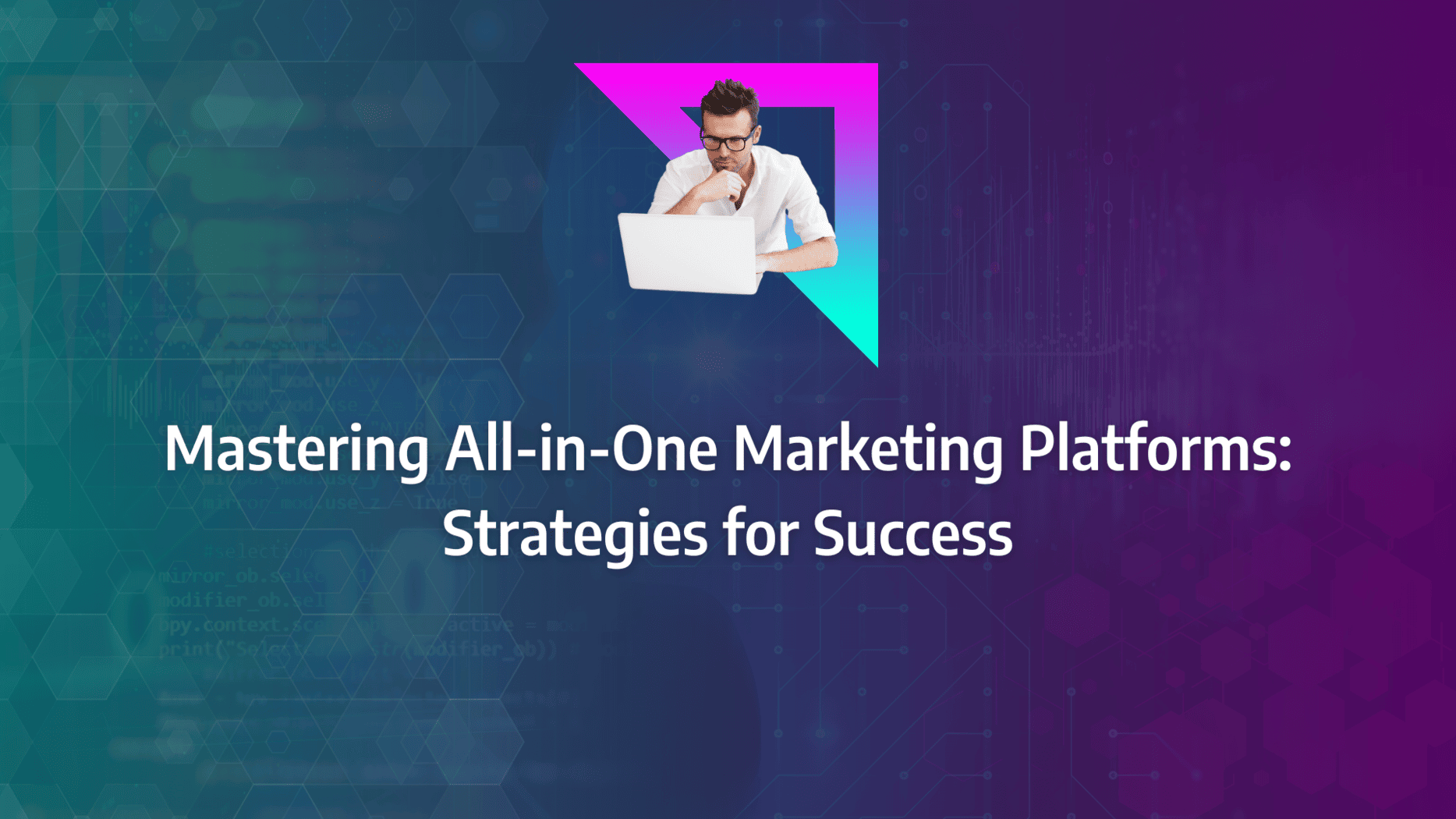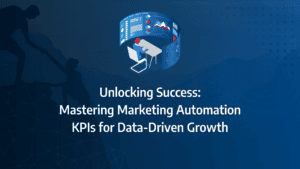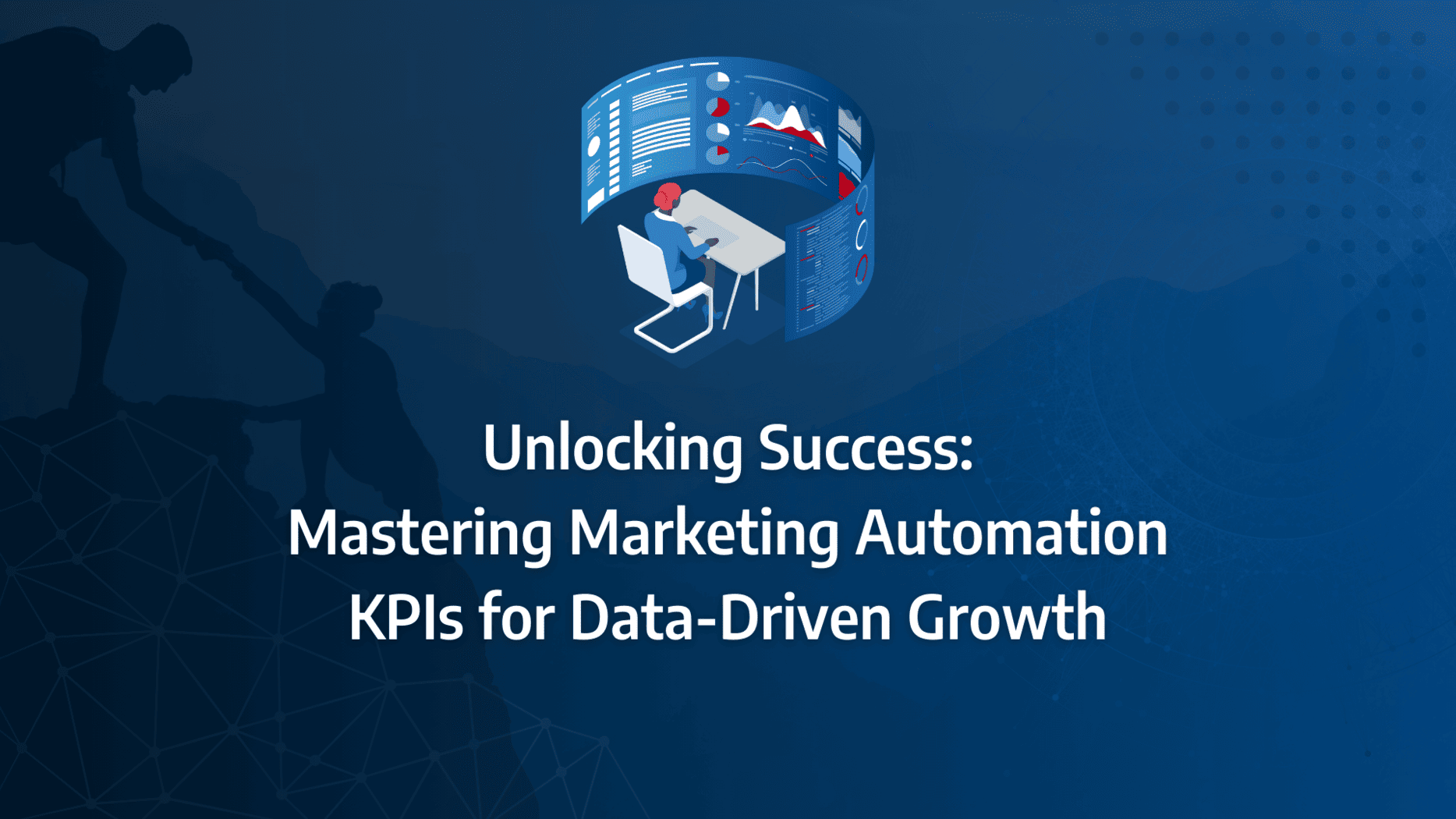Juggling multiple tools can feel like trying to complete a puzzle with missing pieces. Each tool might excel in one area, but the lack of integration often leads to inefficiencies, data silos, and missed opportunities. Imagine the possibility of having all your marketing needs—email campaigns, social media management, CRM, and analytics—seamlessly integrated into one platform.
All-in-one marketing platforms provide this holistic solution, enabling you to consolidate your marketing efforts, reduce operational complexity, and focus on what truly matters: driving results. This guide will walk you through the strategies to successfully implement an all-in-one marketing platform, ensuring you not only choose the right solution but also maximise its potential to transform your marketing operations and elevate your business success.
- Consolidate Marketing Tools: Transitioning to an all-in-one marketing platform can streamline your marketing operations by integrating key functions like email, social media, CRM, and analytics into a single platform.
- Selection Criteria: When choosing an all-in-one platform, prioritise scalability, ease of use, integration capabilities, and customer support to ensure the solution aligns with your business needs.
- Effective Implementation: Follow a structured approach to implement the platform, including data migration, team training, and workflow automation, to ensure a smooth transition.
- Overcoming Challenges: Address common implementation challenges such as resistance to change and data migration issues by planning ahead and engaging your team in the process.
- Maximising ROI: Measure the ROI of your all-in-one platform by tracking key performance indicators like customer acquisition cost (CAC) and customer lifetime value (CLV), and optimise platform usage accordingly.
What are the key features of an all-in-one marketing platform?
Understanding All-in-One Marketing Solutions
An all-in-one marketing platform integrates various marketing functions into a single digital marketing solution, enabling you to achieve your goals without the need for multiple separate tools. These comprehensive systems are designed to generate qualified leads, craft personalised customer journeys, and execute marketing campaigns tailored to customer interests. Typical features of all-in-one marketing platforms include:
- Customer Relationship Management (CRM)
- Email marketing
- Search Engine Optimisation (SEO)
- Content management
- Landing pages
- Social media marketing
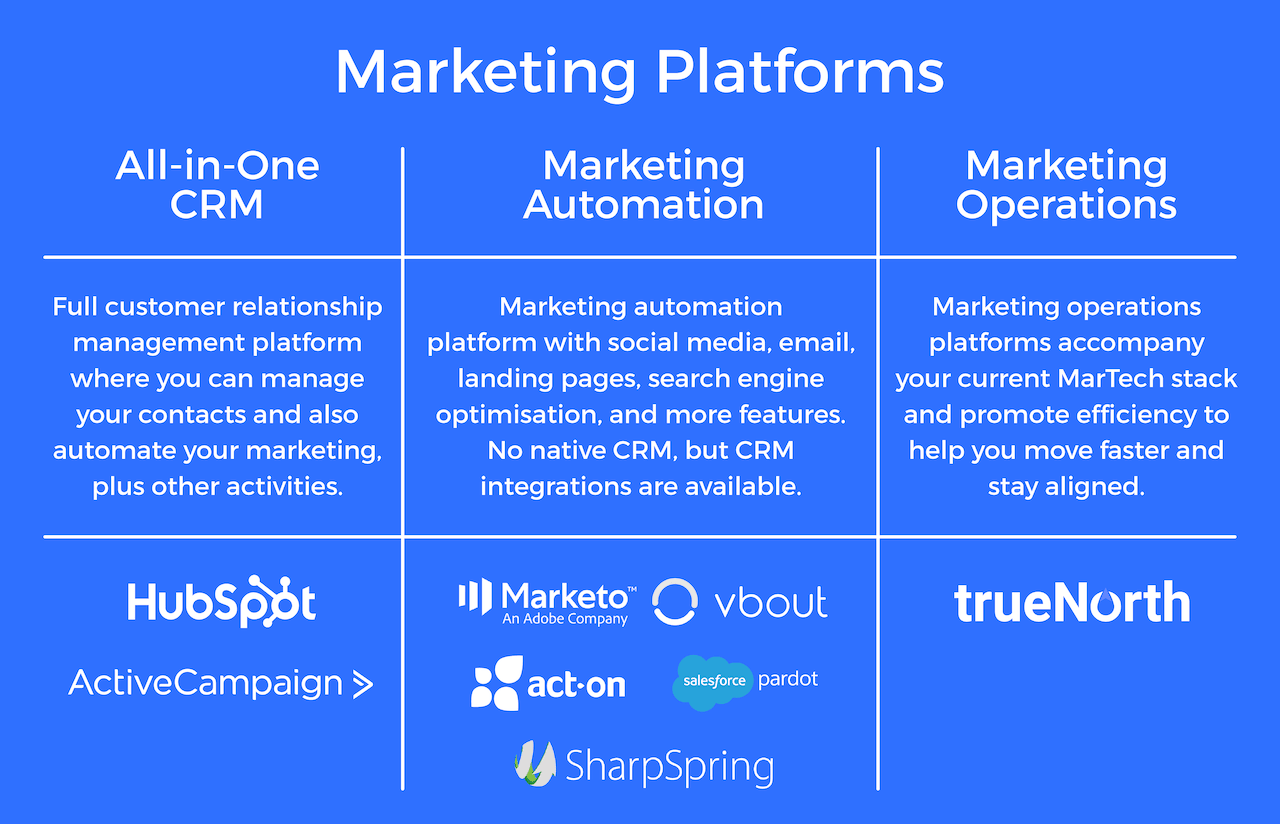
The Benefits of All-in-One Marketing Platforms
Sales and marketing teams juggle numerous tasks daily, all aimed at engaging target audiences and driving business growth. These activities might involve tracking leads, publishing content to boost website traffic, and sending targeted emails to segmented contact lists. Throughout these processes, data and activity reports are regularly compiled for management and other departments.
Traditionally, these tasks required toggling between different tools—one for CRM, another for website content management, and yet another for email marketing. This not only wastes time—businesses report losing an average of one hour per day switching between platforms—but also complicates data retrieval and integration across various systems.
However, the appeal of all-in-one marketing platforms, such as HubSpot, extends far beyond these surface-level advantages. When you invest in an all-in-one marketing platform, you can expect to enjoy the following benefits:
1. Minimise Time & Operational Costs
Every second of downtime impacts business operations, whether due to the time employees spend switching between platforms or the IT demands for integrating and maintaining multiple systems. These manual processes add extra costs and divert employees from other crucial tasks.
An all-in-one marketing platform alleviates these issues by consolidating all necessary tools under one umbrella. This enhances productivity for sales and marketing teams, while IT departments face less technology maintenance. When support is needed, IT personnel can reach out to a single company instead of multiple vendors.
2. Make It Easier to Access & Digest Data
Each marketing tool contains valuable data. However, when data is siloed, marketing and sales teams must manually compile analytics for a complete view of the customer journey. For example, an email marketing platform might indicate that a prospect clicked a call-to-action in your email, but it won’t show when they first visited your website or their previous interactions with the sales team.
With an all-in-one marketing platform, these insights are consolidated in one place. This connectivity allows marketers and salespeople to avoid the gaps that arise from manual data comparisons, enabling more effective lead nurturing strategies that are likely to inspire action.
3. Foster a More Collaborative Environment
Marketing and sales teams often operate under tight schedules, leaving little time for in-depth discussions about individual contacts. However, it is crucial that both teams stay synchronised regarding the activities and dynamics of prospects to facilitate meaningful interactions.
Imagine the scenario of a salesperson’s initial call with an interested prospect. With insights into the web pages the prospect has visited and the content they have downloaded, the salesperson can tailor the conversation to the prospect’s interests and needs.
All-in-one marketing platforms, powered by a unified database, ensure that marketing and sales teams access the same information. This shared data fosters better alignment between the two departments, leading to enhanced collaboration and the creation of more opportunities. Research indicates that when sales and marketing functions are closely aligned, businesses experience a 38% higher win rate and a 36% improvement in customer retention rates.
4. Streamline Business Security Measures
The security of marketing data is paramount, regardless of where it is stored. Utilising multiple platforms can complicate the protection of customer data due to an increased number of access points and a higher risk of losing track of data locations.
By eliminating data silos, an all-in-one marketing platform enhances security. Marketers and sales teams can maintain a clear and comprehensive overview of the customer data collected and stored. Adhering to the security standards of a single tool, rather than several, simplifies the process of maintaining platform integrity over time.
5. Optimise the User Experience to Boost Sales
Personalisation is not just an advantageous option for businesses; it is essential in modern digital marketing and sales efforts. Given the sheer volume of business emails and calls received daily, standing out and capturing the recipient’s interest is critical. The most effective way to achieve this is by thoroughly understanding the customer journey.
An all-in-one marketing platform provides the comprehensive data needed to eliminate guesswork. This leads to a seamless user experience where prospects and customers feel recognised and valued, fostering trust in the business. As trust builds, so do sales opportunities.
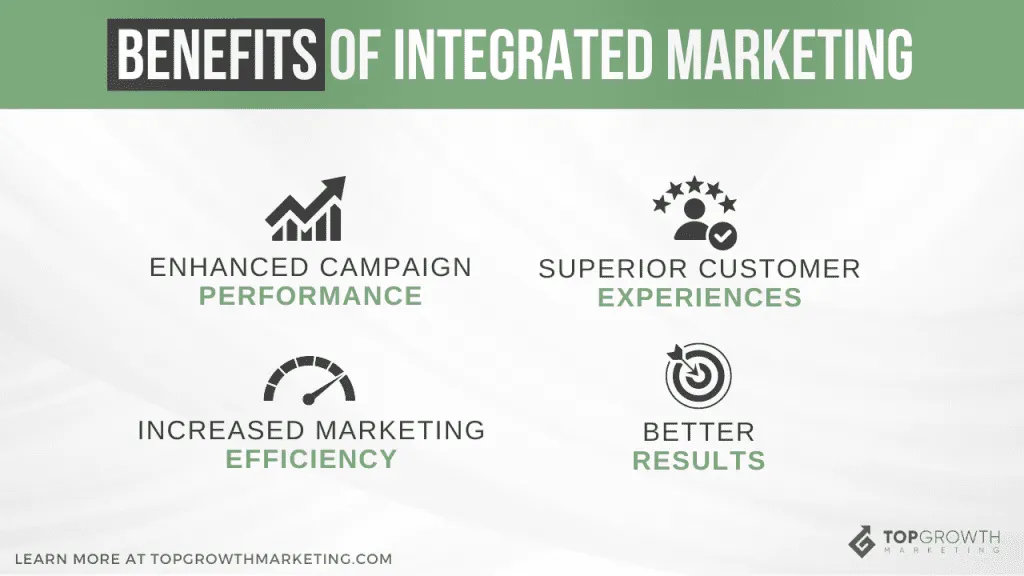
What Matters Most?
We typically find businesses that thrive with all-in-one platforms focus on scaling smoothly while maintaining alignment across departments. Clients often discover that choosing a platform with built-in flexibility and the ability to integrate emerging technologies prevents disruption as they grow. Typically, we’ve seen that those who prioritise seamless CRM integration enjoy the strongest alignment between sales and marketing efforts, creating a unified experience for the customer. Additionally, platforms that foster agility, allowing for quick strategic pivots, prove invaluable in a fast-evolving market landscape, ensuring marketing efforts remain relevant and impactful.Get In Touch
Examples of Effective All-in-One Marketing Platforms
The best all-in-one marketing platforms streamline every facet of your marketing operations—from ad buying, email automation, and lead nurturing to omnichannel marketing, customer support, and customer relationship management. Each of these tools offers several online marketing functions integrated into one comprehensive package.
HubSpot stands out as a premier all-in-one marketing platform, focusing heavily on inbound marketing, which encompasses content and search marketing automation. Additionally, HubSpot integrates Sales and Customer Service Hubs, facilitating seamless data sharing and collaboration between different departments, such as sales and marketing. This holistic approach has made HubSpot a favoured choice among various businesses.
HubSpot is particularly suitable for small business owners who need an all-in-one marketing platform that combines multiple marketing systems into one efficient tool.
Marketo Engage delivers a comprehensive marketing automation SaaS product, capable of handling every channel and engagement throughout the customer acquisition funnel. It allows businesses to connect with customers via email, display, mobile, social, search, and offline channels.
Marketo manages a wide array of tasks, from email campaigns and digital advertising to social media and account-based marketing, offering robust tools for sales teams. This platform enables marketers and sales teams to create personalised experiences, enhance content, and measure business impact across all channels through a unified platform.
Marketo is ideal for larger marketing operations aiming to utilise the full spectrum of the platform’s features to develop impactful campaigns across multiple channels.
MailChimp has transitioned from being a basic email marketing tool to a full-featured all-in-one marketing automation solution. This platform supports business promotion across email, social media, landing pages, postcards, and more, all from one central location.
MailChimp excels in crafting effective email marketing campaigns and analysing their performance to help businesses achieve their goals more efficiently. Key features include audience segmentation, optimal email delivery rates, pre-built templates, a drag-and-drop email editor, built-in contact management, and one-click automation. Additionally, it supports audience split testing.
MailChimp is perfect for businesses looking to engage customers through newsletter marketing. It simplifies the email marketing process, offering professional templates that are easy to use for those with limited experience.
SharpSpring is a comprehensive all-in-one marketing platform that genuinely delivers on its promise, unlike many tools that only excel in one area. This platform is designed to help businesses identify and expand their lead base, thereby maximising engagement opportunities. SharpSpring offers extensive features for both marketing and sales automation.
Enhanced engagement typically leads to increased sales, keeping your brand top of mind for customers. SharpSpring is known for its behaviour-based email marketing and integrates with a multitude of applications, including Google Ads, Twitter, Salesforce, Weebly, WordPress, and Zoho.
SharpSpring is ideal for small to mid-sized companies looking for automated methods to engage prospects and clients. Its standout feature includes automatic drip emails tailored to prospects’ interests, with alerts on their engagement levels.
Keap is a leading platform for CRM and marketing automation, effectively tracking various tasks and eliminating repetitive processes through automation. Keap offers a centralised hub for managing marketing, sales, and payments, providing a well-organised solution for businesses.
With Keap, businesses can automate follow-up emails, texts, calls, send quotes, collect invoices, and generate marketing reports, all from one platform.
Keap is perfect for small businesses requiring a centralised solution to manage all their marketing and sales activities.
Source: Google/Econsultancy
Effective email marketing is vital for business growth and maintaining strong customer relationships. SendinBlue provides a comprehensive all-in-one marketing platform that simplifies campaign management, automates marketing analytics, and handles transactional emails and SMS messages. This tool empowers businesses to create, schedule, and analyse email campaigns effortlessly, enhancing user engagement.
SendinBlue is ideal for businesses seeking an affordable email marketing solution without the added complexity. It streamlines marketing workflows, offering the flexibility and power needed to reach new customers and strengthen existing relationships.
Zoho offers a robust all-in-one marketing automation solution designed to manage activities across multiple channels, promoting faster business growth. Zoho automates campaigns to generate leads, convert them into customers, and ensure long-term retention.
This platform provides a unified space to capture, engage, qualify, educate, and influence leads. It includes analytics functionality to measure the effectiveness of campaigns across various channels, including email, social media, and SMS.
Zoho is an excellent choice for businesses seeking to automate and manage their marketing efforts comprehensively. It delivers advanced lead and marketing management capabilities.
Pardot, a powerful marketing automation tool, supports detailed analytics and account-based marketing solutions. Seamlessly integrating with Salesforce, the industry-leading CRM, it enhances the collaboration between sales and marketing teams.
Pardot enables businesses to target users across multiple channels, including email, mobile app notifications, and SMS, making it a valuable addition to any marketing technology stack.
Pardot is perfect for businesses looking to harness advanced marketing automation tools and engage customers across a variety of channels.
ActiveCampaign automates email follow-ups, identifies the most engaged contacts, and integrates seamlessly with your favourite applications. It features an intuitive drag-and-drop automation builder, allowing users to set up automated workflows in minutes.
ActiveCampaign is ideal for users in need of pre-built workflows, comprehensive training guides, instructional videos, and live one-on-one support, all within a single platform.
OmniSend provides extensive marketing automation workflows, supporting automated omnichannel engagements through email, SMS, push notifications, Facebook Messenger, WhatsApp, and more, all within a single workflow. OmniSend integrates with major e-commerce platforms such as Bigcommerce, Magento, Shopify, and WooCommerce.
The platform offers advanced targeting, split automation, and an easy-to-use drag-and-drop builder, making it a standout marketing automation tool.
Our Tactical Recommendations
From our experience, one tactical focus is simplifying the tech stack by adopting an all-in-one platform that replaces multiple tools. Clients often discover that platforms enabling centralised data management and analytics greatly enhance decision-making and visibility across teams. Another highly actionable tactic is using automation to handle routine tasks like lead nurturing, freeing resources for more strategic initiatives.Get In Touch
When should I consider dedicated software over an all-in-one solution?
Understanding if an All-in-One Platform is Right for You
As digital marketing continues to expand and diversify, it is crucial to have the right software to organise and manage your marketing strategies effectively. The right all-in-one marketing platform can streamline your operations and help your company succeed in this competitive landscape.
Given the plethora of software options available, many organisations opt for all-in-one marketing solutions over multiple dedicated tools for each marketing discipline. However, this approach may not always be the most beneficial.
All-in-one marketing solutions—such as HubSpot, Hatchbuck, Infusionsoft, Marketo, SharpSpring, and others mentioned in this article—are excellent for entrepreneurs, start-ups, and small businesses managing all marketing needs internally. These comprehensive tools provide added ease and convenience for teams without the workforce to handle individual marketing platforms across different areas.
Additionally, all-in-one tools are ideal for companies looking to save money in the short term or those without the budget for multiple software solutions. Typically, it is less expensive to use an all-in-one suite with plugins than to purchase dedicated software for each aspect of your marketing strategy. However, in the long run, an all-in-one approach can become more costly.
All-in-one marketing software suits businesses with a broad outlook rather than those focused intensely on one specific area. If detailed attention to a particular department is not a priority, then all-in-one tools are perfectly adequate.
Conversely, for larger companies, agencies, and enterprises aiming to excel in every aspect, all-in-one packages might not be the best solution.
Why Choose Dedicated Software Over All-in-One Solutions?
Dedicated marketing solutions, or best-of-breed software, are often better suited for large companies and enterprises with the resources to purchase specialised software for each marketing discipline: CRM, email marketing, content management, post-click landing pages, analytics, A/B testing, and more.
These specialised solutions excel in their particular areas, avoiding the dilution that can occur with all-in-one suites. One major drawback of using a single, all-encompassing platform is that it often leaves marketers with only partial solutions. For instance, the reporting and functionality in each area of an all-in-one software might not be as detailed as those offered by standalone solutions.
